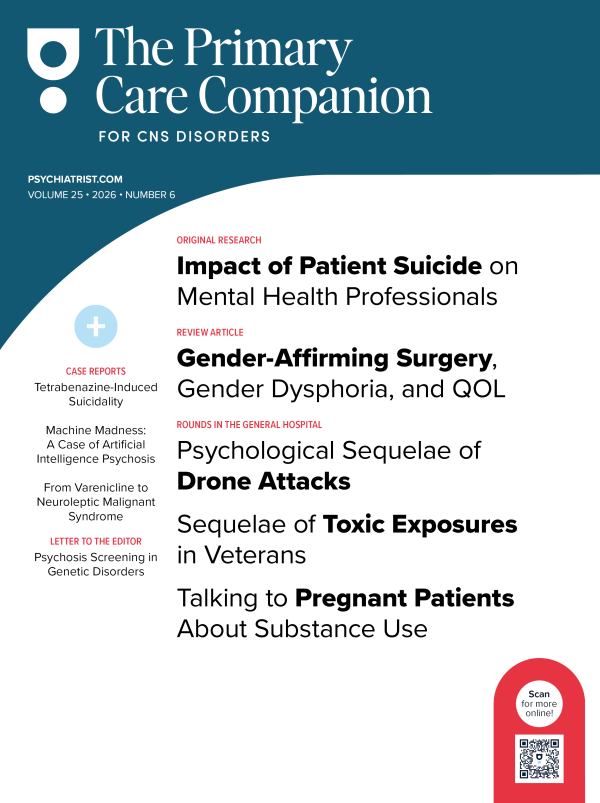Objective: Patients with psychiatric conditions are known to experience poor and often disparate health outcomes. To investigate one potential mechanism for this phenomenon, we examined whether patients who screen positive for psychiatric comorbidity are lost to follow-up from primary care at higher rates than screen-negative controls.
Method: Patients in a public hospital system were followed prospectively for an 18-month period after an initial routine behavioral health screening in neighborhood health centers. Screening data were linked to electronic medical record visit data, and loss to follow-up was ascertained using Cox proportional hazards modeling.
Results: A public hospital health program screened 2686 patients from March 1998 to December 2000, and their visits were counted prospectively for 18 months. Nearly one third (N = 772, 29%) screened positive for a psychiatric condition. The screen-positive group had lower rates of censoring and a shorter time-to-event than the controls, indicating a higher continuing visit rate in primary care. This relationship persisted after adjustment for demographic variables, insurance type, substance abuse, and violence exposure.
Conclusions: Patients who screen positive for psychiatric comorbidity are not lost to follow-up at higher rates than screen-negative controls. This finding suggests that disparate outcomes for mentally ill patients in a public hospital system may not be based on reduced access to or lack of contact with primary care providers. Further study of systems or provider-related factors is needed to ascertain the pathways toward poor health for this population.
This PDF is free for all visitors!





